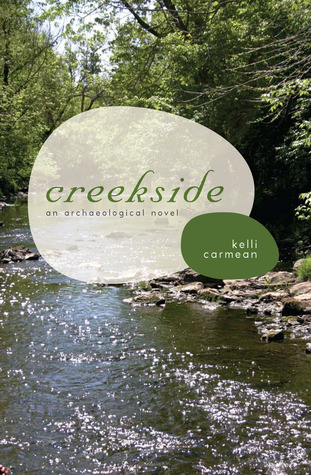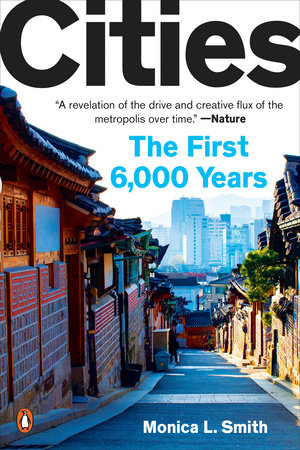 Book club leader: Jerry Sabloff
Book club leader: Jerry Sabloff
Jerry Sabloff, SAR Board member, received his Ph.D. In anthropology from Harvard University and his B.A. in anthropology from the University of Pennsylvania. He is the Christopher H. Browne Distinguished Professor of Anthropology, Emeritus at the University of Pennsylvania and an External Faculty Fellow and Past President of the Santa Fe Institute. He is an archaeologist with particular interest in the ancient Maya and has written or edited more than 20 books and monographs (including 5 SAR volumes).
 October 8, 2:00 pm October 8, 2:00 pm Creekside: An Archaeological Novel (Alabama Fire Ant)
Kelli Carmean’s 2010 novel Creekside, follows a fictional archaeologist, Meg Harrington, as she guides students in a race against time to protect the legacy of the past before bulldozers rip it to shreds.
The setting is a Kentucky pasture slated for development—the construction of the new Creekside subdivision. It was here during the late 18th century that Estelle Mullins struggled to build her home on the dangerous frontier.
In Meg’s 21st-century world of archaeology we read about excavation techniques, daily experiences at a dig, tight construction deadlines, the use of heavy equipment, report writing, artifact analysis, damage from looters and collectors, and the reality of site destruction in the path of modern development.
The two interwoven story lines link artifact and place, ancestors and descendants, the present and the past.
|
 Thursday, November 4, 2:00 pm Thursday, November 4, 2:00 pm Cities: The First 6,000 Years
Monica L. Smith’s 2019 book, Cities: The First 6,000 Years, is an in-depth introduction to the history of cities through the millennia–from Mesopotamia to Manhattan–and how they have propelled Homo sapiens to dominance. Weaving together archeology, history, and contemporary observations, Monica Smith explains the rise of the first urban developments and their connection to our own. Six thousand years ago, there were no cities on the planet. Today, more than half of the world’s population lives in urban areas, and that number is growing. Smith takes readers on a journey through the ancient world of Tell Brak in modern-day Syria; Teotihuacan and Tenochtitlan in Mexico; her own digs in India; as well as the more well-known Pompeii, Rome, and Athens. Along the way, she presents the unique properties that made cities singularly responsible for the flowering of humankind: the development of networked infrastructure, the rise of an entrepreneurial middle class, and the culture of consumption that results in everything from take-out food to the tell-tale secrets of trash. |